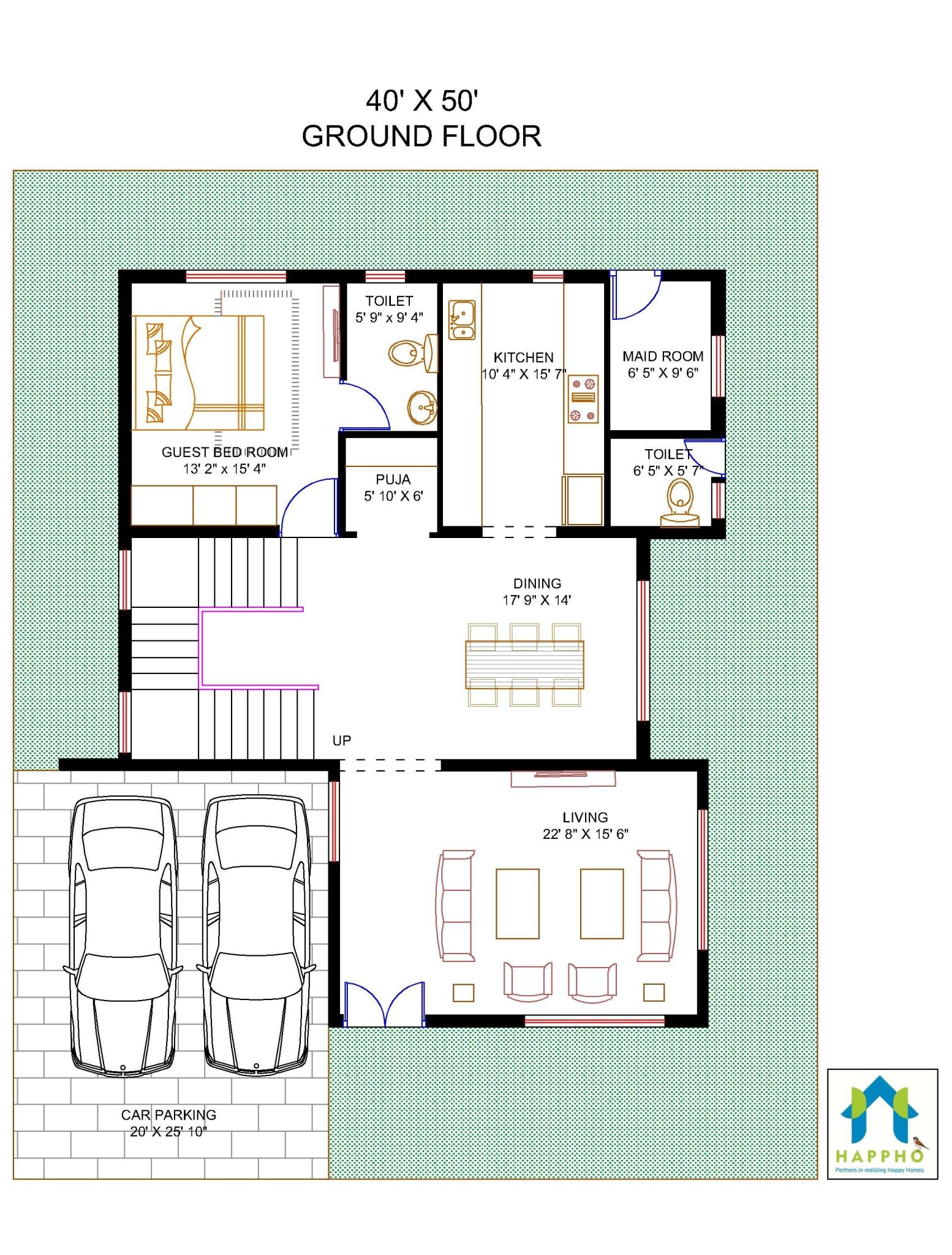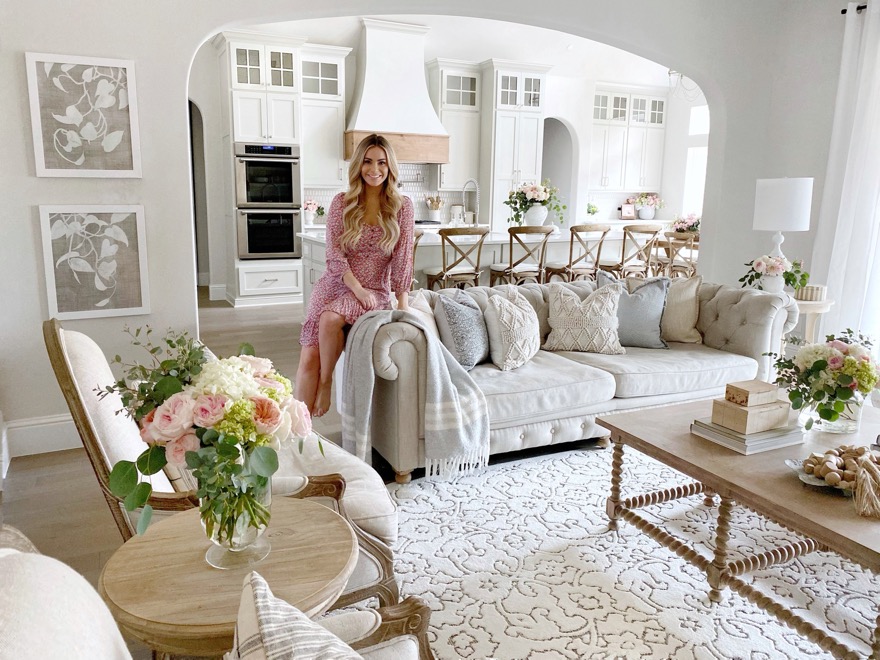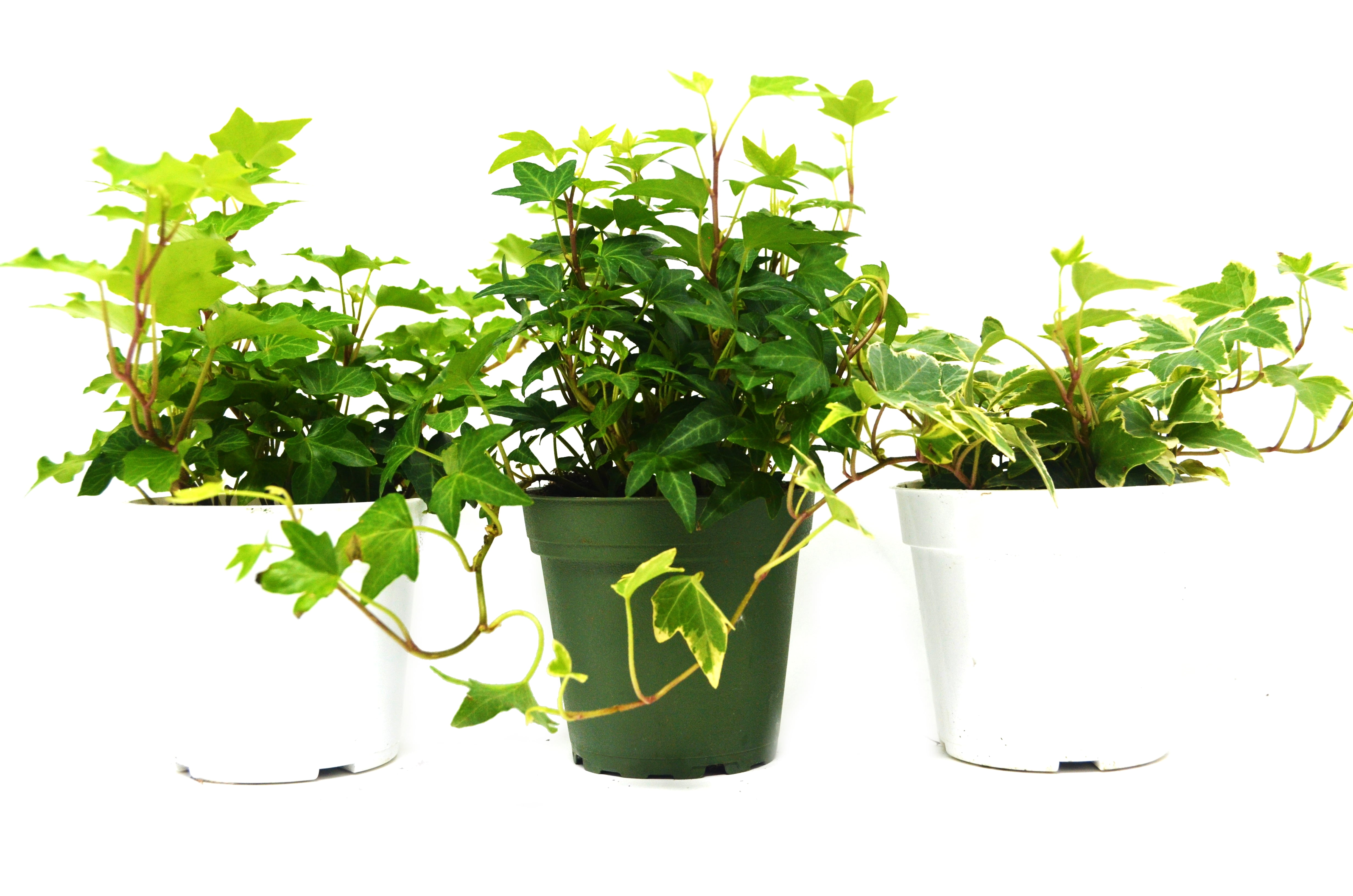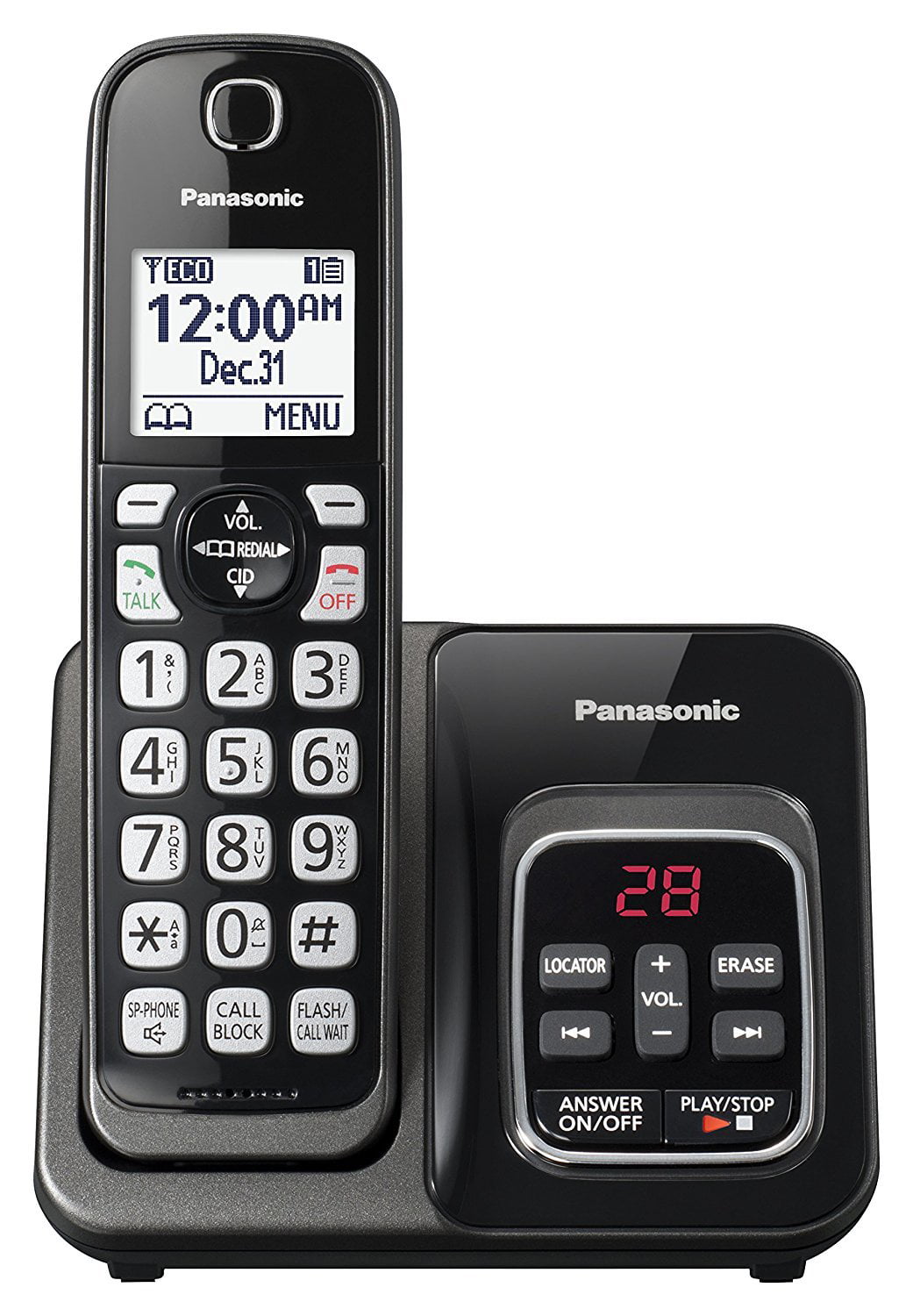Table Of Content
- Toptal Designers
- How to Make Sure Your Logo Design Appeals to Your Target Audience
- Establishing Brand Style Guides
- There Are Hidden Messages in These 40 Famous Logos: How Many Can You Find? [Infographic]
- Get feedback.
- The Logo Design Process: From Concept to Creation
- Define Your Brand Identity
- Adobe Illustrator

That means you should have alternate color palettes and logo orientations to suit any situation. With millions of logos worldwide, you may be surprised that they all fit into one of seven main categories. Every part of your logo should be legible, regardless of the logo’s size. Now that you have some sketches, pick the one that speaks to you most and put on your thinking cap.
"They all started laughing because they couldn't believe the logo actually came from that first dumb sketch," Paula ... - Creative Bloq
"They all started laughing because they couldn't believe the logo actually came from that first dumb sketch," Paula ....
Posted: Tue, 21 Nov 2023 08:00:00 GMT [source]
Toptal Designers
AI at the Forefront: Zoviz Redefines Logo Design and Branding for Emerging Businesses - WICZ
AI at the Forefront: Zoviz Redefines Logo Design and Branding for Emerging Businesses.
Posted: Wed, 14 Feb 2024 08:00:00 GMT [source]
But if you partner with the right designers and have a solid process in place, you should end up with something your company loves (and people can understand). Some designers use a sketchbook while others start right away on the computer, but most professional logo designers sketch logos by hand, using pen on paper. So stepping in the customers shoes and further analyzing the industry and competitors is a crucial step in logo design process. The first step to designing your logo is understanding your brand. Before you think about opening Canva or starting a sketch, you must pinpoint your brand’s story and the specific values and emotions you want to synthesize in your logo. So the next step in the logo design process is to research what kind of logos competitors and industry leaders have.
How to Make Sure Your Logo Design Appeals to Your Target Audience
So let’s embark on this journey, as we unravel the intricacies of logo design. The logo design process is a journey that begins with research and culminates in a finalized, impactful logo. Each step, from research and brainstorming to sketching, digital rendering, and finalization, contributes to the evolution and refinement of the logo design. ✅ Professional logo designers conduct industry and client research, brainstorm ideas, and create sketches in collaboration with their clients.

Establishing Brand Style Guides
Once you’ve settled on your preferred concept, try sketching some variations on it, adding or removing elements, changing minor details, and beginning typography explorations. Even if you’re almost certain you have an idea you like, sketch other ideas. This is followed by a conference-call discussion so that the client can choose the best 3 to 4 versions. The secret to a good logo is thoughtful analysis which will logically lead to the appropriate idea and form the basis of the design concept.
There Are Hidden Messages in These 40 Famous Logos: How Many Can You Find? [Infographic]
It’s an investment that pays dividends in brand recognition, trust, and connection. Craft a logo that reflects your brand’s values, resonates with your audience, and evolves alongside your journey. Remember, a thoughtfully designed logo is the cornerstone of your brand’s lasting legacy. Knowing how to use design software is only one piece of the puzzle. In order to create great logos, you’ll also need an understanding of design theory.
Make sure to clearly define all these points, so you—and anyone you work with—has a clear idea of what’s acceptable when using your logo across different media and backgrounds. Once you have all of this pinned down, you’re ready to come up with the look and feel of your design. Colors possess a powerful ability to evoke emotions, convey messages, and shape perceptions…. I have been finishing off your logo today and have come down to the strongest concept, of which you will find attached in a PDF. You may interested to know some more ‘rules’ of how to design a logo. After I had found the right typeface (though it is never set in stone) I then experimented with different concepts and layouts of which you can see some below.
For a more comprehensive Brand Identity design process, we delve deeper into the Brand in question research levels through Qualitative and Quantitative research methods. Further questions may arise, which can be discussed so we can best understand the project before getting started. "I usually try to present the client with between two and three possibilities," says Tyler. "Any more than that and you might find yourself doing revisions on all of your ideas, which sets you up with a lot more work and them up with a much higher bill." Don't forget to check out my strategy guide if you want to learn how to run discovery sessions with you clients.
Define Your Brand Identity
We have created several templates that suit the global location of the customer, so it is just a case of working to build the specific layouts. Aspects such as an alternate colour scheme or typeface can change the ‘look’, but the significance or meaning of a logo is much harder to modify. Development varies considerably between projects, but overall, it is easier to develop the aesthetic side than the conceptual. Afterwards, a meeting can be arranged, or feedback can be provided via email to move forward. Get feedback from trusted friends and family, including current employees who will understand the Brand through their involvement.
Adobe Illustrator
Abstract logos, such as the Pepsi logo, are unique representations of brands using geometric forms and colors instead of real-life images. Make a deep effort to reflect on your brainstorming words and brand story and visualize your thoughts. Use your mental efforts to refine your logo sketch into a meaningful, deep, relatable design that ties back to your brand’s core values. Allow your brand story and keywords to guide you and make some initial logo ideas.
Test the shapes and symbols at different sizes to ensure they maintain clarity and legibility. A meaningful design should be recognisable even when scaled down to small sizes or used in other contexts. The chosen typography should be easily readable, even at small sizes or from a distance. Avoiding intricate or overly decorative fonts can ensure the logo is easily understandable and recognisable. The contrast between the text and the background is necessary to maintain readability. If there is any ‘layout’ design, such as brochures or marketing flyers, files will be packaged in InDesign to include the images and fonts used, where applicable.
History shows us that the evolution of typography has played a significant role in shaping design and communication. From ancient hieroglyphics to the invention of movable type by Johannes Gutenberg, typography has evolved to become a complex art form. It continues to grow with modern digital platforms, offering designers an extensive array of choices and possibilities. Selecting appropriate typography remains central to creating visually stunning and impactful logos. The client was thrilled with the final logo design, as it beautifully captured their brand values and connected with their target audience.













